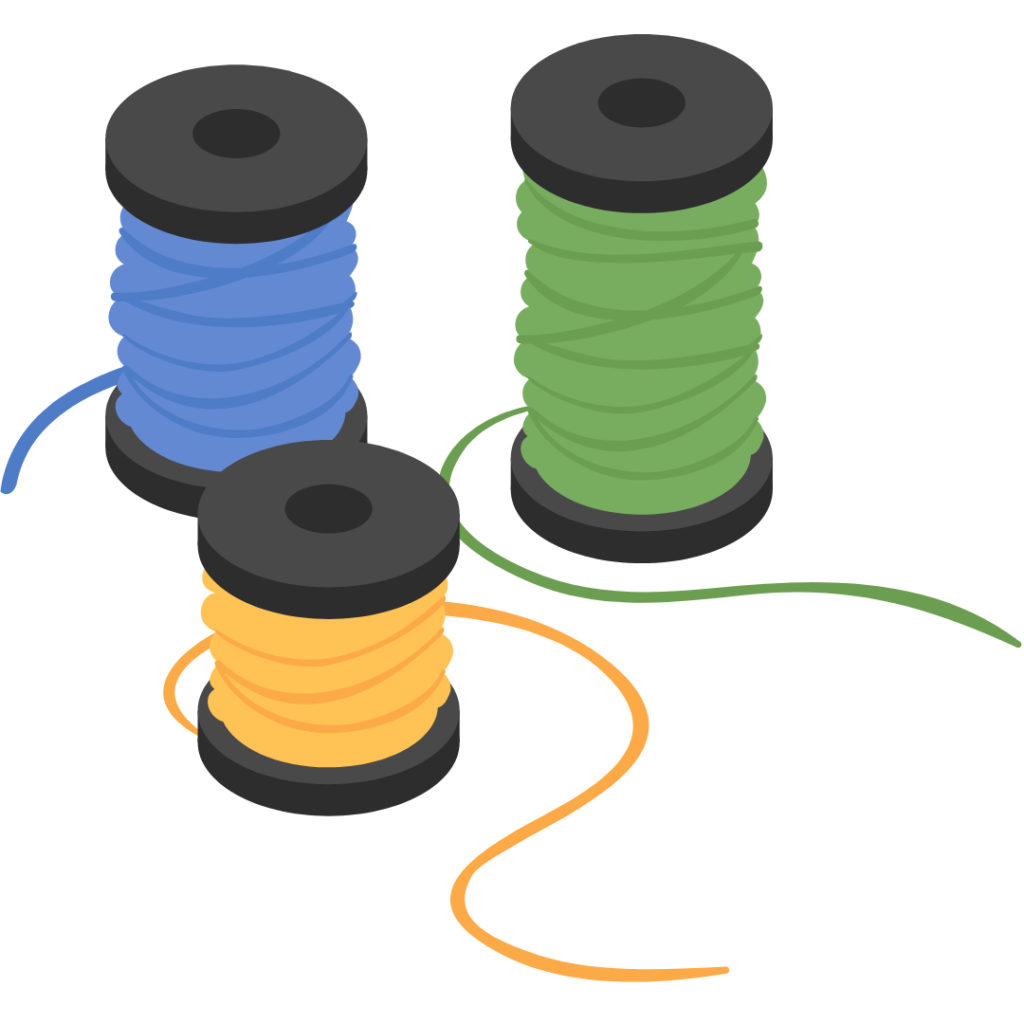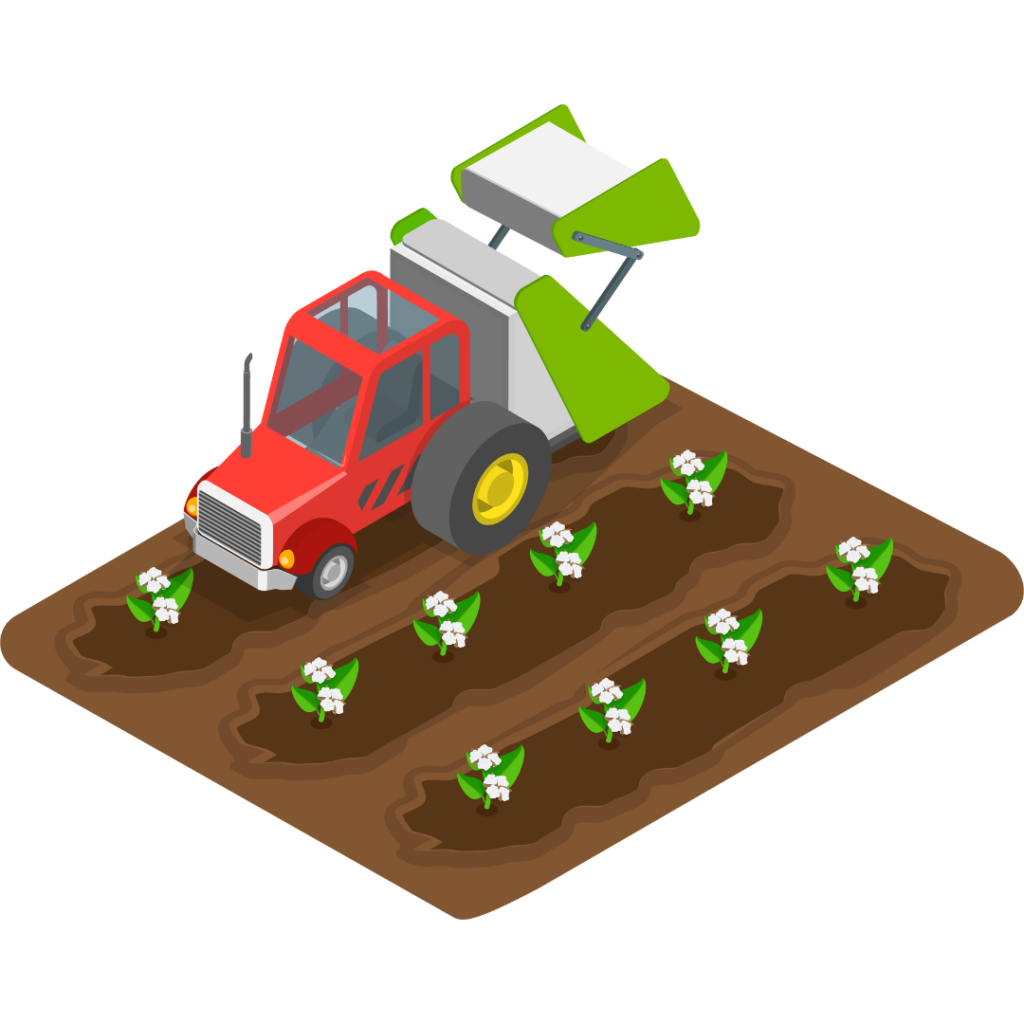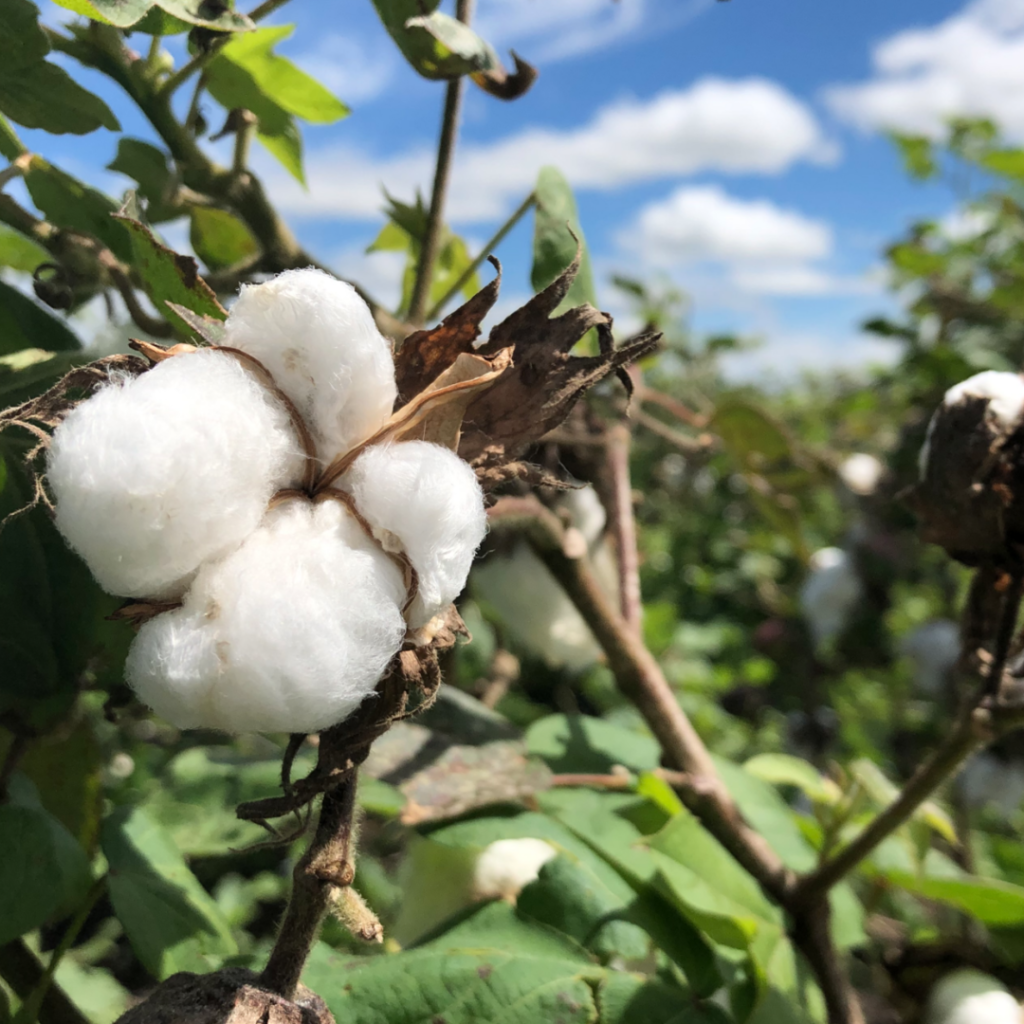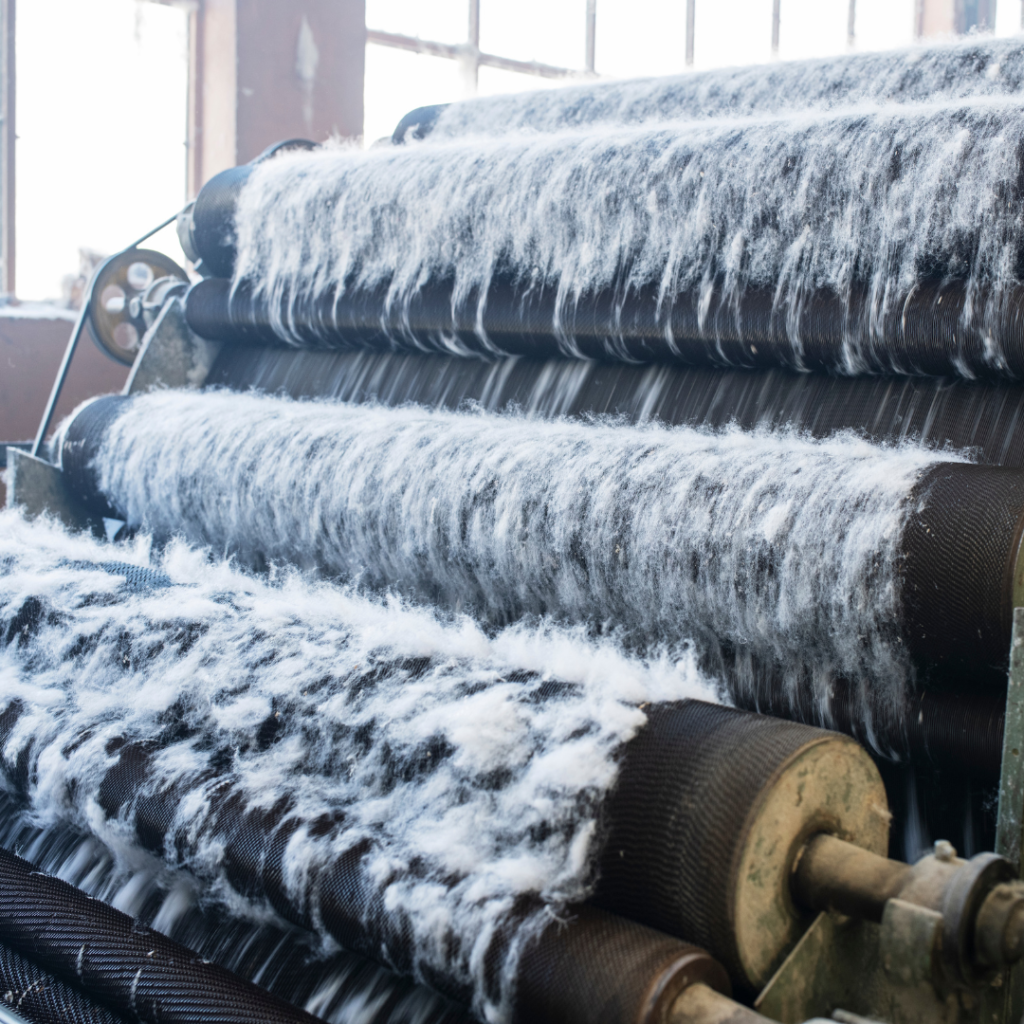TRUE4C
Regenerative Agriculture Carbon Insetting
For Scope 3 Emissions Reduction in the Textile & Fashion Industry
Overview
TRUE4C offers a pioneering model that enables textile and fashion brands to achieve meaningful Scope 3 emissions reductions by supporting regenerative agriculture practices within their own supply chains. By aligning with TRUE4C, brands don’t just buy credits, they invest in verified, field level transformation.

Why It Matters: Cotton, Emissions, and Regeneration

The textile and fashion industry is responsible for 8% of global greenhouse gas emissions (UNEP, 2023).

Cotton cultivation alone contributes significantly to these emissions due to synthetic fertilizers, heavy irrigation, and pesticide use.

Regenerative agriculture has the potential to reduce agricultural GHG emissions by up to 50% and increase soil organic carbon by 0.4–1.2 tonnes/ha/year (FAO, 2021).

Regenerative practices can reduce water use by up to 30%, lower chemical inputs by 50–70%, and boost biodiversity by up to 60% (Textile Exchange, 2022).
What Is Carbon Insetting?
Unlike carbon offsetting (which funds external environmental projects), carbon insetting focuses on reducing greenhouse gas emissions within a company’s own value chain. TRUE4C facilitates this through farm-level regenerative interventions that directly reduce or remove carbon while enhancing soil, biodiversity, and water resilience.
How It Works

Implementation of Regenerative Practices
Farmers adopt soil-friendly practices such as zero tillage, crop rotation, composting, residue retention, and biological pest management.

Monitoring & Verification
Emissions reductions and soil carbon improvements are tracked through TRUE4C’s digital platform. Independent third-party verifiers conduct annual audits.

Generation of Insetting Units
Verified reductions are converted into insetting units.


Brand Investment
Fashion and textile brands purchase these units, achieving Scope 3 emission reductions while funding on-farm transformation.

Secure Registry
All data and transactions are recorded in the TRUE4C registry, ensuring traceability and integrity.

Benefits for Farmers
Financial incentives for adopting climate smart, regenerative practices.
Improved soil health and long-term land productivity.
Access to advisory services, tools, and digital support.

Benefits for Brands
Demonstrable progress toward net-zero and ESG goals
High-trust emissions data linked to verified supply chain actions
Enhanced product sustainability and traceability (supports Digital Product Passports)
Improved supplier relationships and sourcing resilience

Environmental Co-Benefits
Enhanced soil carbon storage
Improved water retention and reduced runoff
Reduced chemical input dependency
Increased on-farm biodiversity
Strategic Value
By choosing TRUE4C’s regenerative carbon insetting solution, textile and fashion brands secure a reliable, science based, and transparent pathway to achieve real climate impact, while supporting the producers who power their supply chains